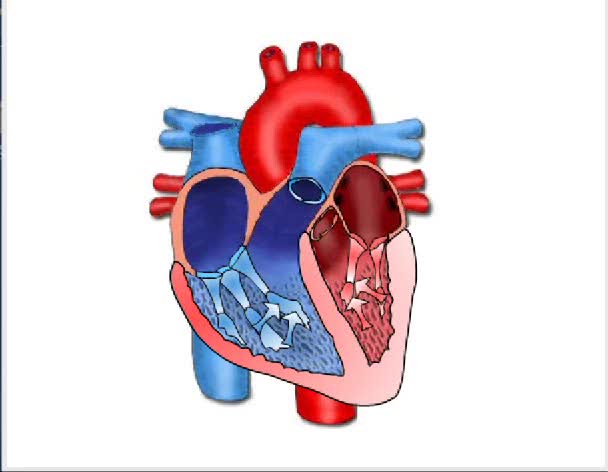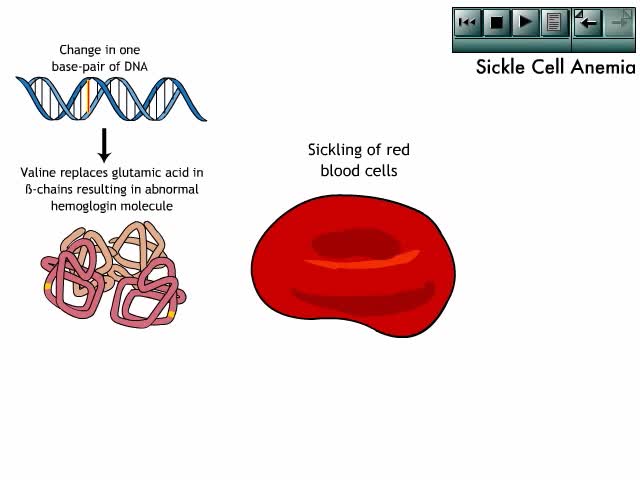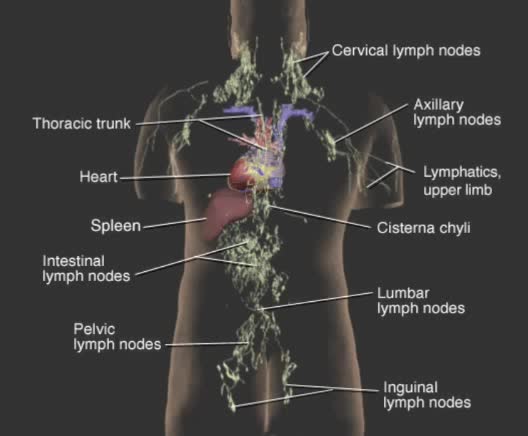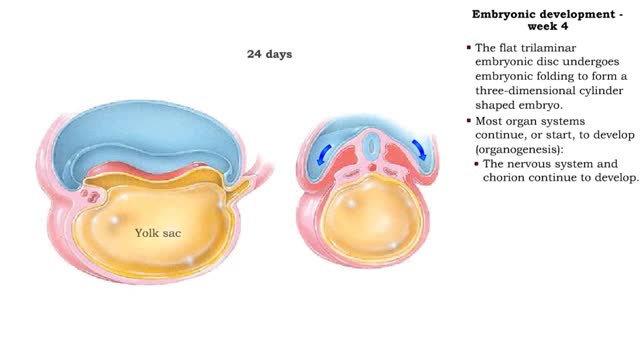Search Results
Results for: 'endocrine systems'
How Hemoglobin Picks Up and Delivers Oxygen
By: HWC, Views: 10587
All of the cells in our bodies require oxygen (02) for survival and must release carbon dioxide (CO2) as a waste product. The respiratory and circulatory systems work together as delivery systems for these gases. The lungs exchange these gases between the environment and the bloodstream. The bloo...
By: Administrator, Views: 14834
Hemodynamics is the dynamics of blood flow. The circulatory system is controlled by homeostatic mechanisms, such as hydraulic circuits are controlled by control systems. Hemodynamic response continuously monitors and adjusts to conditions in the body and its environment.
By: Administrator, Views: 14195
The clinical manifestations of sickle cell anemia result from pathologic changes to structures and systems throughout the body.
Effect of blood chemistry - stimuli, hyperventilation response and hypoventilation response
By: HWC, Views: 10843
• Respiratory rate is effected by changes in: • Blood pH. • Blood Pco2. • Blood P02. • Chemoreceptors in the central and peripheral nervous systems closely monitor the Fr, CO2 and 02 levels in blood. • Changes in frequency of impulses from Chemoreceptors affect respiratory r...
By: Administrator, Views: 14408
Hyposecretion or inadequate use of insulin may result in diabetes mellitus (DM). Hypersecretion of insulin may result in hyperinsulinism. Diabetes mellitus is the most common endocrine system disorder of childhood. Symptoms include: Polyuria Polydipsia Polyphagia Management of DM durin...
System organization - PPM system types (Somatic, Autonomic & Enteric) and Reflex arc types
By: HWC, Views: 11414
• The PNS consists of all nervous tissue outside of the CNS. • It is divided into three functional components: • Somatic nervous system (SNS) • Autonomic nervous system (ANS) • Enteric nervous system (ENS) • The SNS consists of: • Sensory neurons from skeletal muscles ...
By: Administrator, Views: 585
Blood and lymph are two of the body's main fluids and are circulated through two separate but interconnected vessel systems. Blood is circulated by the action of the heart, through the circulatory system consisting largely of arteries, veins, and capillaries. Lymph does not actually circulate. ...
Embryonic development - Week 4
By: HWC, Views: 11336
• The flat trilaminar embryonic disc undergoes embryonic folding to form a three-dimensional cylinder shaped embryo. • Most organ systems continue, or start, to develop (organogenesis): • The nervous system and chorion continue to develop. • The heart and the rest of the cardiovas...
The Hypothalamus: The Body's Thermostat (Human Thermostat)
By: HWC, Views: 10405
Normal body function requires a relatively constant body temperature, which is regulated by the body's thermostat, a region of the brain called the hypothalamus. The hypothalamus generates a temperature set point for the body and appears to be the major site for the integration of temperature inf...
Advertisement











